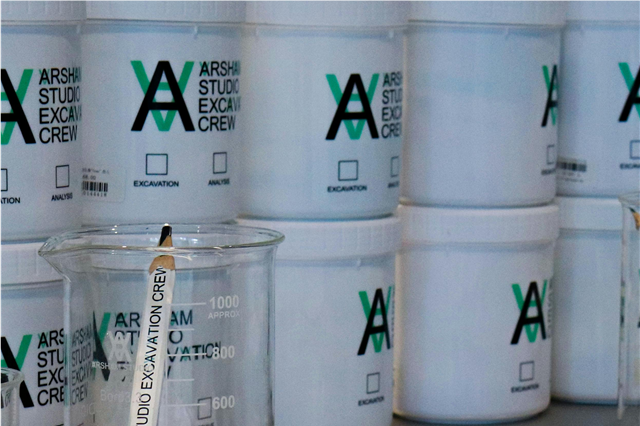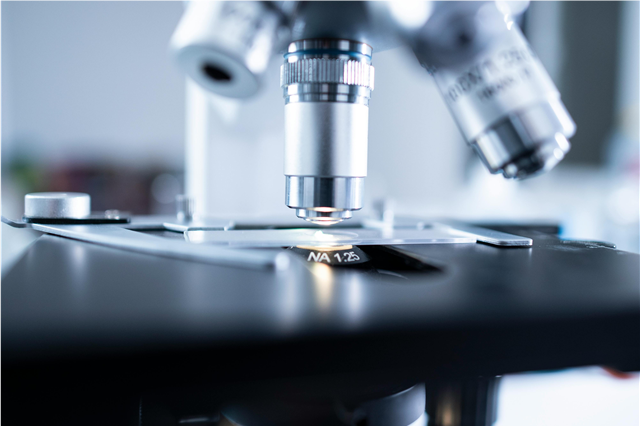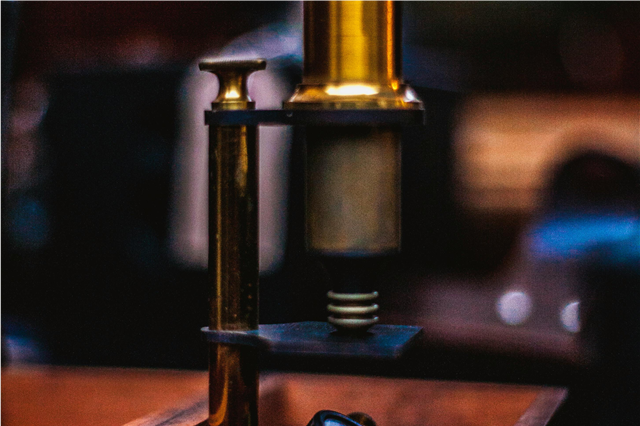
What are the applications of laboratory equipment in physics and engineering experiments?
Laboratory equipment forms the backbone of scientific discovery, enabling physicists and engineers to unlock nature's secrets and build tomorrow's technology. From confirming Einstein's theories to developing quantum computers, these precision instruments have revolutionized our understanding of the physical world.
The Foundation of Modern Science: Essential Lab Equipment
Laboratory equipment in physics and engineering isn't just about fancy gadgets—it's about precision instruments that have fundamentally changed how we understand reality. Did you know that the simple oscilloscope, a device that displays electrical signals as waveforms, processes over 1 billion data points per second in modern research facilities?
Spectrometers: Decoding the Universe's Light
Spectrometers represent one of the most versatile pieces of laboratory equipment in physics, helping scientists analyze everything from stellar composition to semiconductor properties. These instruments work by separating light into its component wavelengths, essentially creating a "fingerprint" of materials.
Modern applications include:
- Astronomical research: Determining the chemical composition of distant stars and galaxies
- Materials science: Identifying unknown substances and verifying material purity
- Environmental monitoring: Detecting pollutants in air and water samples
- Medical diagnostics: Analyzing blood samples for specific compounds
Oscilloscopes: Visualizing the Invisible World
Engineering laboratories rely heavily on oscilloscopes, which can capture electrical phenomena lasting mere picoseconds (trillionths of a second). These devices have evolved from simple analog displays to sophisticated digital systems capable of analyzing complex waveforms in real-time.
Current applications span:
- Electronics troubleshooting: Identifying circuit faults in everything from smartphones to spacecraft
- Signal processing research: Developing advanced communication systems
- Biomedical engineering: Monitoring neural signals and cardiac activity
- Power electronics: Optimizing energy conversion systems for renewable applications
Revolutionary Applications in Modern Research
Particle Accelerators: Recreating the Big Bang
Particle accelerators represent the pinnacle of laboratory equipment applications in physics, with facilities like CERN's Large Hadron Collider spanning 27 kilometers in circumference. These engineering marvels accelerate particles to 99.9999991% the speed of light, recreating conditions that existed microseconds after the Big Bang.
Modern applications include:
- Fundamental particle discovery: Confirming the existence of the Higgs boson
- Medical isotope production: Creating radioisotopes for cancer treatment
- Materials testing: Developing radiation-resistant materials for space applications
- Nuclear fusion research: Advancing clean energy technologies
Microscopes: Beyond the Limits of Human Vision
Advanced microscopy has revolutionized both physics and engineering, with some instruments capable of imaging individual atoms. Scanning tunneling microscopes can achieve resolutions of 0.1 nanometers—roughly the width of a single atom.
Applications across disciplines include:
- Nanotechnology development: Building and testing atomic-scale devices
- Semiconductor quality control: Ensuring defect-free computer chip production
- Biological research: Visualizing cellular processes in real-time
- Forensic science: Analyzing trace evidence at the molecular level
Engineering Applications: From Theory to Real-World Solutions
Data Acquisition Systems: Converting Physical Phenomena into Digital Information
Modern data acquisition systems can sample physical measurements at rates exceeding 100 million samples per second, making them indispensable in engineering experiments. These systems bridge the gap between physical phenomena and digital analysis, enabling precise measurements of everything from structural vibrations to fluid dynamics.
Key applications include:
- Aerospace testing: Monitoring stress on aircraft components during flight simulations
- Structural engineering: Assessing building integrity during earthquake simulations
- Automotive development: Optimizing engine performance and safety systems
- Renewable energy: Maximizing wind turbine and solar panel efficiency
Vacuum Systems: Creating Extreme Environments
Laboratory vacuum systems can achieve pressures as low as 10⁻¹⁵ atmospheres, creating environments essential for numerous physics experiments. These systems enable research impossible under normal atmospheric conditions.
Applications include:
- Quantum computing: Maintaining superconducting qubits at extremely low temperatures
- Surface science: Studying material properties in contamination-free environments
- Electron microscopy: Enabling high-resolution imaging without atmospheric interference
- Thin film deposition: Creating advanced materials for electronics and optics
Emerging Technologies and Future Applications
Quantum Sensors: The Next Generation of Measurement
Quantum sensors represent the cutting edge of laboratory equipment development, offering measurement precision that surpasses classical limits. These devices exploit quantum mechanical properties to achieve unprecedented accuracy in detecting magnetic fields, gravitational waves, and time intervals.
Emerging applications include:
- Gravitational wave detection: Confirming predictions of Einstein's general relativity
- Medical imaging: Enabling ultra-sensitive MRI systems
- Navigation systems: Developing GPS alternatives for deep-space missions
- Geological surveying: Mapping underground structures with extraordinary precision
Artificial Intelligence Integration
Modern laboratory equipment increasingly incorporates AI algorithms to enhance performance and automate complex measurements. AI-powered spectrometers can identify unknown materials with 99.7% accuracy, while machine learning algorithms optimize experimental parameters in real-time.
Economic Impact and Industry Applications
The global laboratory equipment market is projected to reach $28.7 billion by 2027, driven by increasing demand in physics and engineering research. Key growth sectors include:
- Semiconductor manufacturing: Requiring ever-more precise measurement equipment
- Medical device development: Demanding sterile and accurate testing environments
- Renewable energy research: Needing specialized instruments for efficiency optimization
- Space exploration: Requiring ruggedized equipment for extreme environments
Conclusion: Tools That Shape Our Future
Laboratory equipment in physics and engineering represents far more than scientific tools—they are the enablers of human progress. From confirming fundamental laws of nature to developing life-saving medical technologies, these precision instruments continue to expand the boundaries of what's possible.
As technology advances, laboratory equipment becomes more sophisticated, accessible, and interconnected. The next breakthrough in physics or engineering likely depends on the next generation of laboratory instruments, currently being developed by researchers worldwide.
Whether confirming quantum mechanics, developing new materials, or pushing the frontiers of human knowledge, laboratory equipment remains humanity's window into understanding and manipulating the physical world around us. The applications are limited only by imagination, making physics and engineering laboratories the most creative spaces on Earth.
















Post Comment